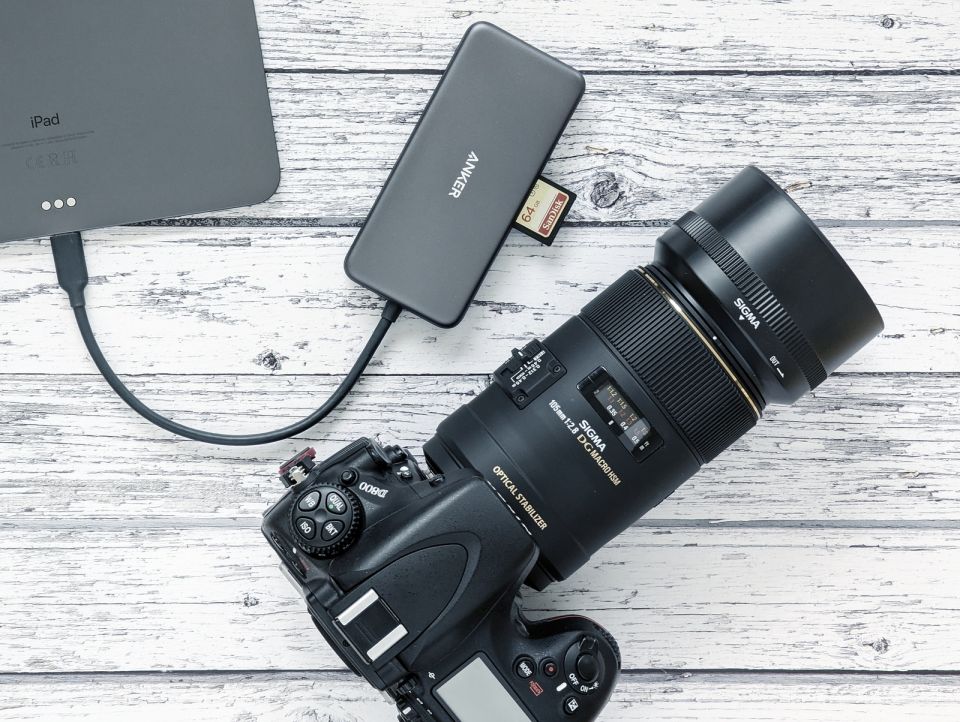Little Backup Box has been by far my most successful and popular project. But about two years ago, I chose to transfer it to a new maintainer, effectively abandoning the project. The other day, it occurred to me that I had never said a proper good-bye to my project. So here it goes.
As it often happens, I started working on the project to solve a problem I had: I didn't want to schlep around a laptop when traveling, but I wanted to have a backup solution to keep my photos safe. As Raspberry Pi had been making waves as a versatile platform for all kinds of projects, I thought I'd try to build a Raspberry Pi-based backup appliance that would replace a proper laptop. And over the years, various Raspberry Pi models running Little Backup Box served me well during my travels.
Continue reading
Theoretically, the app from your camera manufacturer is supposed to transform your mobile device into a versatile camera companion. In reality, most apps developed by camera makers are too limited and frustrating to be of practical use. Take SnapBridge from Nikon, for example. Geotagging, when it works, is slow at best. The file transfer functionality looks great on paper, but it supports JPEG files only. Worse yet, the app reduces the resolution of transferred photos to 2MP — most likely because transferring full-resolution JPEG or RAW files wirelessly would be excruciatingly slow. The app's only saving grace is the support for remote camera control (assuming you can even make it work reliably). But how often do you actually need this functionality? But if not the camera app, then what?
Continue reading
If only an iPad or an iPhone could run Linux tools like Rsync, ExifTool, ImageMagick, etc., you wouldn't have to schlep around a Linux notebook when traveling, especially if your photographic needs are limited to keeping your photos and RAW files safe.

Enter iSH, an app that bestows Linux powers on Apple devices. Once installed, iSH offers a Linux environment that gives you access to a plethora of Linux tools. More importantly, iSH can access the iPadOS and iOS file systems and external storage devices connected to the iPad or the iPhone. This means that you can run commands and scripts in iSH to back up data from a storage card connected to the Apple device. Better still, if you use a USB-C hub that features both a card reader and USB connectors, you can back up data directly from a card to an external USB storage device, bypassing the iPad's or iPhone's internal storage.
Continue reading
